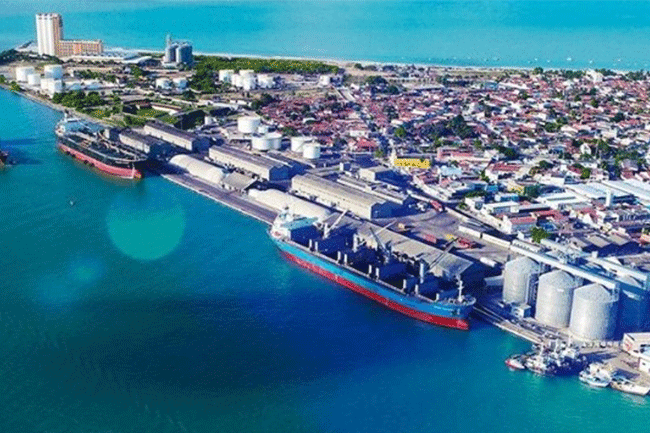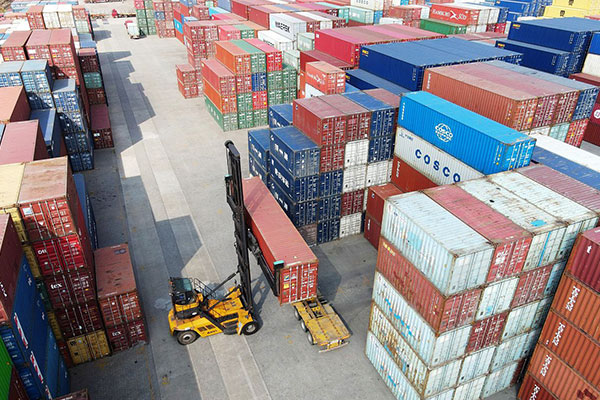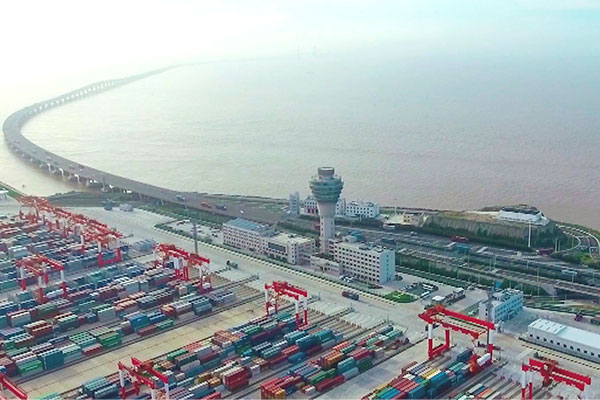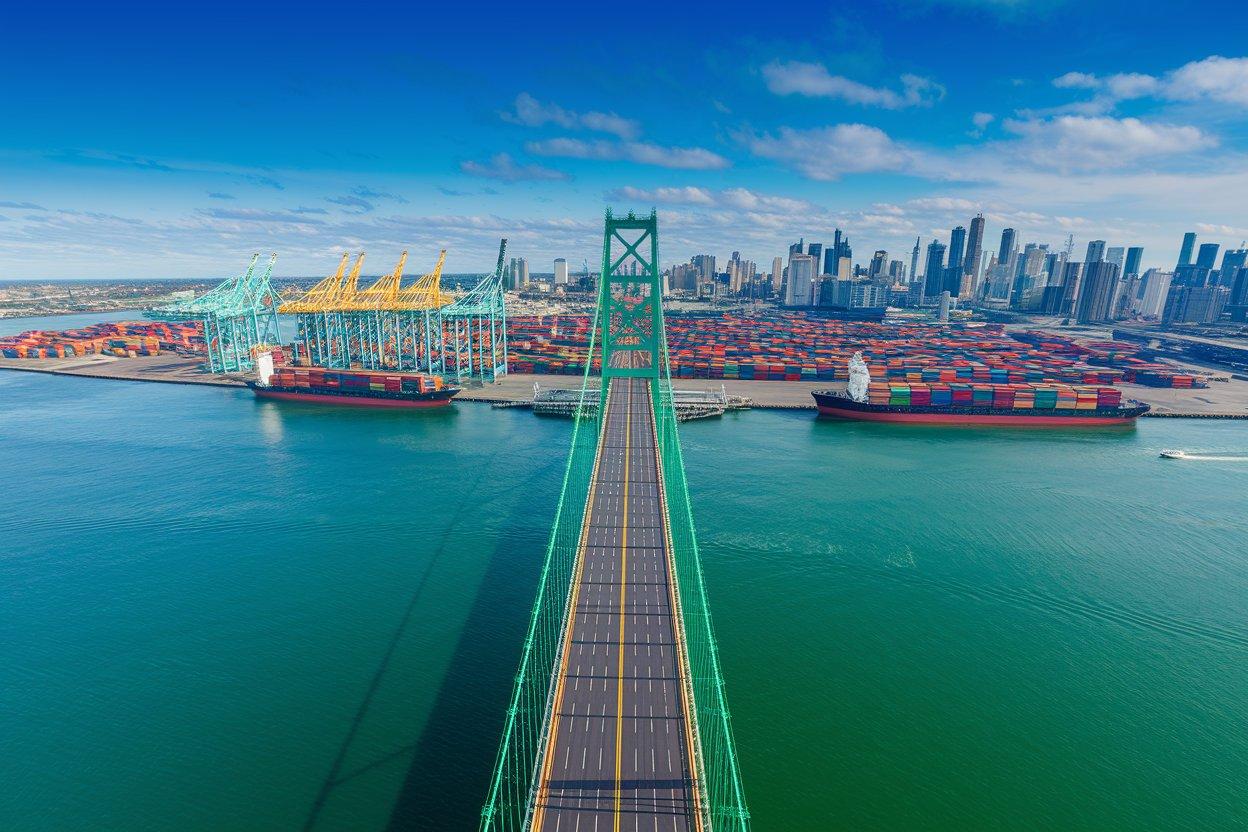- Shanghai ZhongShen International Trade Co., Ltd., with 20 years of experience in foreign trade import and export agency services.

Importing Korean Chocolate: Market Opportunities and the Core Value of Agency Services
In recent years, China's imported food market has continued to expand. Korean chocolate, with its unique flavors (from brands like Lotte and Orion) and high cost-effectiveness, has been gaining popularity among young consumers. According to customs data, from January to October 2023, the trade value of food products between China and South Korea increased by 18% year-on-year, with chocolate and cocoa products accounting for over 12% of imports. However, importing food involves complex document reviews, logistics coordination, and compliance requirements, making professional agency services key to reducing operational risks and improving efficiency.?Zhong Shen?As a senior consultant with 20 years of experience in theExport Agent Servicesservice provider in the field, with "zero-error documents, fully transparent logistics, and guaranteed compliance" as its core, provides importers with full-chain support from order to delivery.
Import Agent ServicesCore Capabilities: A Dual-Drive of Document Processing and Logistics Management
I. Document Processing: Full-Process Review and Compliance Control
Importing Korean chocolate involves over ten types of key documents, whose completeness and accuracy directly affect customs clearance times and subsequent sales. The core value of an agency service lies in the professional review and systematic management of these documents:
- Basic commercial documents: It is necessary to strictly verify that the product name, specifications, quantity, and amount on the Commercial Invoice and Packing List are consistent. Special attention should be paid to the accuracy of the HS code (e.g., chocolate products usually correspond to HS 1806.3100) to avoid tariff discrepancies or inspections due to incorrect classification.
- Certificate of origin and health certificate: According to the China-South Korea Free Trade Agreement (FTA), importers can use FORM ECertificate of Originto enjoy preferential tariffs (as of 2023, the rate for some categories has dropped to 0%). The agent needs to verify that the issuing authority of FORM E (Korean Customs or an authorized chamber of commerce) and the cargo information match the actual shipment. At the same time, the official Health Certificate issued by South Korea must state that it "complies with China's national food safety standards," otherwise it may be rejected by customs.
- Test Reports and Ingredient Declarations: China Customs requires a component analysis report for chocolate (including cocoa butter content, types of food additives, etc.) and an allergen declaration (e.g., nuts, dairy products). The agent must assist the client in confirming the report format and the qualifications of the testing institution (such as a KFDA-accredited laboratory) with the Korean supplier in advance.
It is worth noting that some documents must be filed before the goods are shipped (such as the registration of overseas manufacturers of imported food). The agent can provide guidance on the filing process, but product certifications (such as China's SC food production license, South Korea's KFDA certification) must be handled by the importer or a third-party agency. Our company does not directly provide certification services.
II. Logistics Management: Multi-Modal Coordination and Timeliness Guarantee
Korean chocolate is a melt-prone food (optimal storage and transport temperature is 18-22°C), so the logistics plan must balance cost and quality. The agency service achieves refined management through the following steps:
- Selection of transportation methods: For small batches (under 500kg), it is recommended to use?Air freight?(Incheon → Qingdao/Shanghai, 2-3 days transit time) to avoid?Ocean shipping?temperature fluctuations from long transport times; for large quantities (over 5 tons), refrigerated sea containers (FCL) can be used. The container's temperature records (Reefer Log) must be confirmed in advance to ensure the temperature is maintained throughout the journey.
- Optimization of Ports and Customs Clearance: Northern clients should prioritize Qingdao Port (due to frequent sea routes between China and South Korea and high clearance efficiency), while southern clients can choose Shanghai or Ningbo Port. The agent can coordinate with the terminal for priority container handling, shortening the time between unloading and customs clearance (standard clearance time is 3-5 working days, excluding special inspections).
- Warehousing and Distribution: After customs clearance, the agent can assist in connecting with domestic temperature-controlled warehouses (such as Shanghai Waigaoqiao Bonded Zone, Qingdao Qianwan Bonded Port Area) and arrange for a third-party logistics (3PL) provider for nationwide distribution, offering "door-to-door" delivery services.
Expansion of business with Russia: VTB?Foreign exchange settlement?Advantages and Cross-Border Payment Solutions
Some importers transship through Russia or engage in tripartite trade with Russian companies, where the security and efficiency of payment settlement are crucial. Zhong Shen International Trade, leveraging its long-term partnership with Russia'sforeign tradeBank (VTB Bank), can offer clients the following settlement advantages:
- Exchange Rate Lock - in: Through VTB's foreign exchange trading platform, the Ruble/RMB exchange rate can be locked in advance to hedge against fluctuation risks (especially when the Ruble exchange rate is volatile).
- Cross-Border Payment Timeliness: As a systemically important bank in Russia, VTB has direct clearing channels with major Chinese banks (such as Bank of China, ICBC). Cross-border telegraphic transfers (T/T) can arrive within 1-2 working days (compared to 3-5 days for regular banks).
- Compliance guarantee: VTB strictly adheres to the anti-money laundering (AML) and OFAC sanction regulations of both China and Russia, and can assist in verifying the authenticity of the trade background to reduce the risk of account freezes.
International Trade Situation Analysis: Policy Dynamics and Risk Alerts
Currently, the import of Korean chocolate requires special attention to the following policy changes:
- Impact of RCEP Implementation: After RCEP was implemented in 2022, tariffs on Korean chocolate have been decreasing annually (in 2023, the rate for some categories dropped from 8% to 5%). Importers must apply for FORM E in a timely manner to enjoy preferential rates and avoid overpaying tariffs.
- New Chinese Food Safety Regulations: The "Administrative Provisions on Registration of Overseas Manufacturers of Imported Food" were updated in 2023, requiring Korean chocolate manufacturers to be registered in the GACC's "Imported Food Overseas Manufacturer Registration Management System" (registration number starts with "KR"). The agent can assist in verifying the company's registration status, but the application must be submitted by the overseas company itself.
- South Korean Export Controls: South Korea implements export license management for chocolate containing certain special ingredients (such as precious cocoa beans). The agent will remind the client at the order stage to confirm if additional export documents (such as an Export License issued by the Korean Ministry of Trade, Industry and Energy) are required.
A Detailed Guide to the Full Import Agency Process: 9 Key Steps from Consultation to Feedback
- Client Consultation: Clarify import volume (e.g., 20ft/40ft container), target customs clearance port (Qingdao/Shanghai, etc.), product specifications (sugar content, packaging form), and special requirements (such as organic certification marks).
- Negotiation and Contract Signing: Review the purchase contract (focusing on payment terms: L/C 90 days or T/T 30% advance), quality standards (referencing GB 9678.2-2014 "Chocolate, Cocoa Butter Replacer Chocolate and Their Products"), and dispute resolution clauses (recommending the China International Economic and Trade Arbitration Commission).
- Orders & Payment: The agent assists in reviewing?L/C?(L/C) terms (such as documentary requirements, latest shipment date). For business with Russia, VTB can be recommended as the advising bank. For T/T payments, operating through the agent's foreign exchange account is more compliant (avoiding scrutiny of personal?Forex Settlement?).
- Production supervision: If the client requests, the agent can commission a local quality inspection agency in South Korea (such as SGS) for a pre-shipment inspection (PSI), focusing on checking packaging integrity and whether the labels meet Chinese requirements (a Chinese label must be affixed, indicating ingredients, shelf life, and importer information).
- Logistics Management: Book shipping space based on the cargo volume (the Bill of Lading (B/L) for sea freight should show "Freight Prepaid"), arrange for cargo transport insurance (under CIF terms, purchase all-risks insurance + taint insurance), and simultaneously prepare the necessary customs declaration documents like the power of attorney and import declaration form.
- Customs Compliance: When declaring to customs, provide a complete set of documents (commercial invoice, packing list, FORM E, health certificate, test report). Cooperate with customs inspections (such as random sampling for testing, which includes microbes, heavy metals, food additives), and pay customs duties (dutiable value = CIF price × exchange rate, duty = dutiable value × tariff rate) and value-added tax (13%).
- Delivery and Distribution: After customs clearance, the agent coordinates truck/rail transport to the client's designated warehouse, provides a logistics tracking number (e.g., from Sinotrans, DHL), and sends real-time updates on the cargo status (in transit/delivered).
- Quality Assurance: Upon arrival, the client can commission a third-party inspection (such as CTI) for re-inspection. If quality issues (such as melting, spoilage) are found, the agent assists in collecting evidence (photos, videos, logistics records) to file a claim with the insurance company or supplier.
- Summary Feedback: Provide an "Import Agency Service Report" (including a cost breakdown, customs clearance timeline, document archiving record), settle the final payment, and establish a long-term cooperation file.
Conclusion: A Professional Agent is the "Safety Rope" for Importing Korean Chocolate
Importing Korean chocolate involves multi-dimensional challenges, including market trend analysis, document compliance, logistics temperature control, and cross-border payments. A professional agency service, through standardized processes, resource integration (such as VTB settlement, bonded warehouse cooperation), and risk pre-assessment, can help importers reduce operational and time costs by over 30%. Zhong Shen International Trade, with its philosophy of "making imports simpler," focuses on core agency services to help clients seize the growth opportunities in China-South Korea food trade.
Core Business
Contact Us
Email: service@sh-zhongshen.com
Recommended for You
Contact via WeChat

? 2025. All Rights Reserved.









